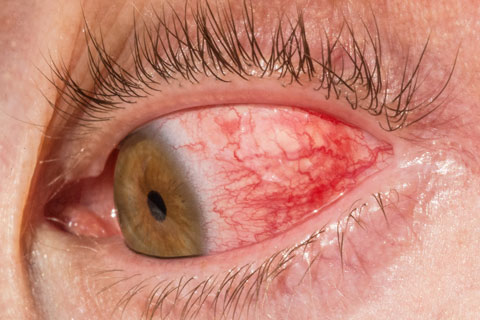Herbal Treatment for People With Uveitis

Uveitis is an inflammation of the uvea that can potentially cause blindness. Evidence suggests that echinacea's anti-inflammatory and immune boosting effects may be beneficial in treating autoimmune uveitis.(72, 126)
Causes and Symptoms of Uveitis
Uveitis can be caused by infection or a systemic autoimmune disorder. Whether mild or severe, uveitis must be treated quickly in order to avoid permanent eye damage.(72, 126)
Sometimes the condition can reoccur over the course of months to years. Typical symptoms of uveitis can include one or more of the following:(72, 126)
- Floaters (black spots)
- Loss of vision
- Pain
- Redness
Evidence of Benefit in Treating Uveitis with Echinacea
A clinical trial was conducted involving 51 patients with uveitis caused by an autoimmune disorder. 32 of the participants were given 150 mg of Echinacea purpurea twice a day along with conventional steroid therapy for nine months. The remaining 19 patients received only steroid therapy.(72)
Over 87% of those who took the echinacea supplements had improved vision from the combined therapy. They also required significantly less time on the steroid treatment versus the group that took steroids alone. There were no adverse side effects from the echinacea.(72)
These results suggest that E. purpurea may be a useful adjunct to standard steroid treatment for uveitis caused by an underlying autoimmune condition. Requiring less steroid therapy to achieve positive results is a desirable outcome given the adverse side effects associated with steroidal drugs.(72)

